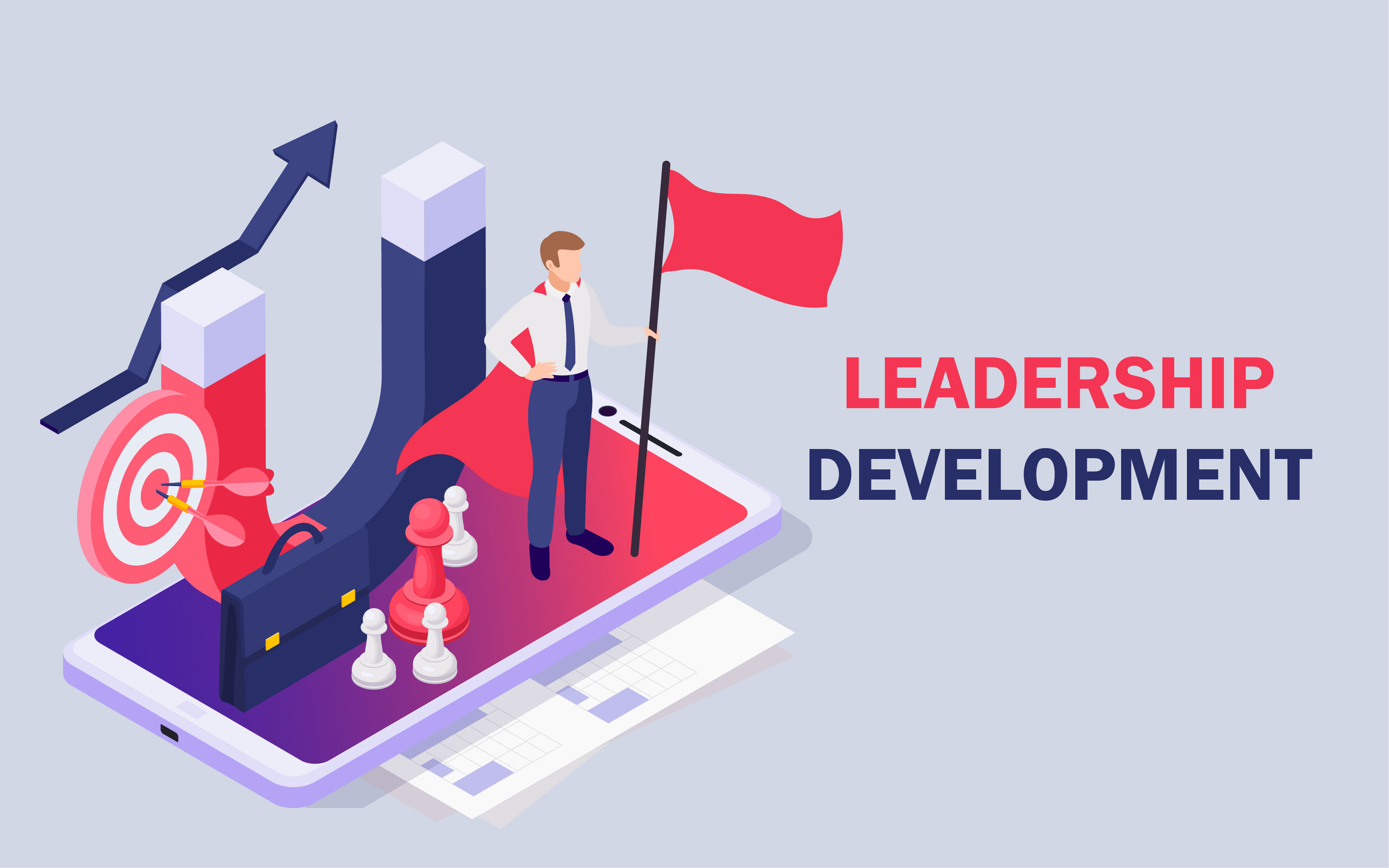A short discussion on Leadership Development & its Importance.
Sat, 30 Dec 2023

Follow the stories of academics and their research expeditions
Title: Learn about Blockchain in Education
and Research.
Blockchain is a revolutionary technology that has gained widespread attention
for its potential to transform various industries. At its core, blockchain is a
decentralized and distributed ledger that enables secure and transparent
record-keeping of transactions. Parties with no particular trust in each other
can conduct transactions based on digital data over a
peer-to-peer network with fewer, or no, third parties or intermediaries
becoming invol
A blockchain is a distributed ledger that duplicates and
distributes transactions across the network of computers participating in the
blockchain.
The term "blockchain" refers to
a chain of blocks, where each block contains a list of transactions. These
blocks are linked together using cryptographic hashes, creating a secure and
unchangeable record of transactions. Blockchain is a method of recording
information that makes it impossible or difficult for the system to be changed,
hacked, or manipulated.
How Does a Blockchain Work?
You
might be familiar with spreadsheets or databases. A blockchain is somewhat
similar because it is a database where information is entered and stored. The
blockchain collects transaction information and enters it into a block,
like a cell in a spreadsheet containing information. Once it is full, the
information is run through an encryption algorithm, which creates a hexadecimal
number called the hash.
The hash is then entered into the
following block header and encrypted with the other information in the block.
This creates a series of blocks that are chained together.
At a high level, a blockchain works
through a combination of decentralized consensus, cryptographic hashing, and a
distributed network of nodes. Here's a step-by-step overview of how a
blockchain typically operates:
Transaction
Initiation:
The process begins with the initiation of
a transaction. This could be a transfer of cryptocurrency, the execution of a
smart contract, or any other action that involves changing the state of the
blockchain.
Transaction
Verification:
The transaction is broadcast to the entire
network of nodes. These nodes can be individual computers or servers
participating in the blockchain network.
Broadcasting the Updated Blockchain:
The updated blockchain is broadcast to all
nodes in the network, ensuring that every participant has the latest copy of
the ledger.
Immutability:
Once a block is added to the blockchain,
it becomes extremely difficult to alter. The cryptographic hashes and the
decentralized nature of the network make the blockchain resistant to tampering.
Continuation of
the Process:
The process repeats with new transactions
being grouped into blocks and added to the blockchain in a continuous and
chronological order.
Blockchain
in Education and Research: Blockchain technology has the potential to bring
about significant positive changes in the field of education and research. Here
are several ways in which blockchain can be applied in these domains:
1. Credential
Verification
-
Blockchain can be used to securely store and verify academic credentials, such
as degrees, diplomas, and certifications. This would streamline the
verification process, reduce fraud, and provide employers with a reliable and
transparent way to verify the qualifications of job candidates.
2. Transparent
and Tamper-Resistant Academic Records
-
Academic records, including grades and achievements, can be stored on a
blockchain, ensuring their integrity and immutability. This can reduce the risk
of academic fraud and provide a transparent and unalterable record of a
student's academic history.
3. Decentralized
Learning Platforms
-
Blockchain can support the development of decentralized learning platforms.
These platforms could provide a secure and transparent way for students to
access educational resources, share academic achievements, and participate in
collaborative learning environments.
4. Micro-Credentials
and Badges
-
Blockchain can enable the creation and verification of micro-credentials and
badges for specific skills or achievements. This allows for a more granular
representation of a person's capabilities beyond traditional degrees, fostering
a more dynamic and flexible recognition of skills.
5. Secure
Research Data Management
-
Researchers can use blockchain to manage and secure research data. Blockchain's
cryptographic features can ensure the integrity and traceability of data, which
is crucial for maintaining the quality and reliability of research findings.
6. Intellectual
Property Protection
-
Blockchain can help protect intellectual property by providing a secure and
transparent way to timestamp and record the creation of content, such as
research papers, patents, and other scholarly works. This can be particularly
valuable in academic settings where intellectual property is a significant
concern.
7. Funding
and Grants Management
-
Blockchain can enhance transparency in the allocation and distribution of
research grants and funding. Smart contracts on a blockchain could automate the
disbursement of funds based on predefined conditions and milestones, reducing
administrative overhead and increasing accountability.
8. Collaborative
Research Platforms
-
Blockchain can facilitate collaboration in research by providing a
decentralized and secure platform for sharing data, methodologies, and findings
among researchers. This could lead to more efficient and transparent
cross-institutional collaborations.
9. Immutable
Peer Review Processes
-
Academic journals and publishers could use blockchain to create an immutable
record of the peer-review process for research articles. This could increase
transparency and trust in the academic publishing ecosystem.
While the potential applications of
blockchain in education and research are promising, it's important to consider
challenges such as scalability, integration with existing systems, and
regulatory considerations. As the technology continues to evolve, it's likely
that more tailored solutions and widespread adoption will occur, bringing
further benefits to the education and research sectors.
Sat, 30 Dec 2023

Sat, 30 Dec 2023

Leave a comment